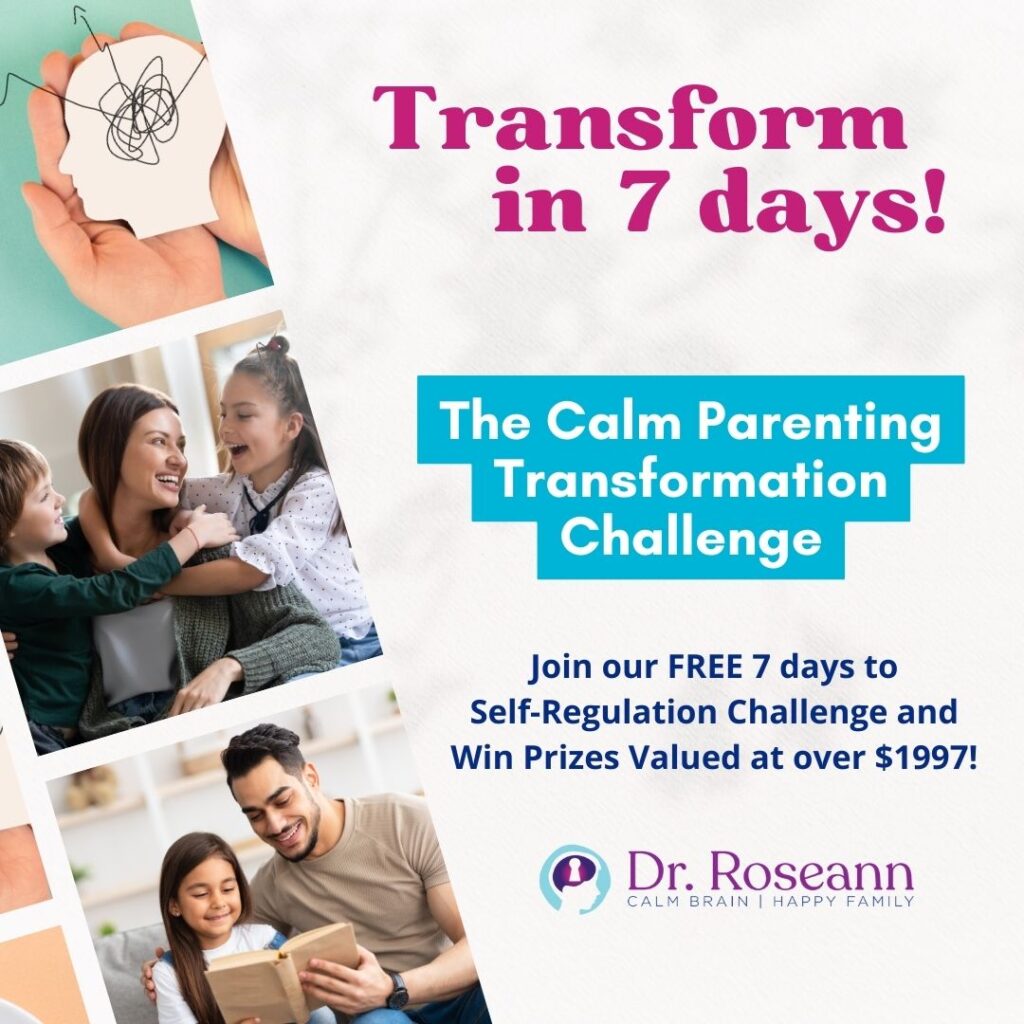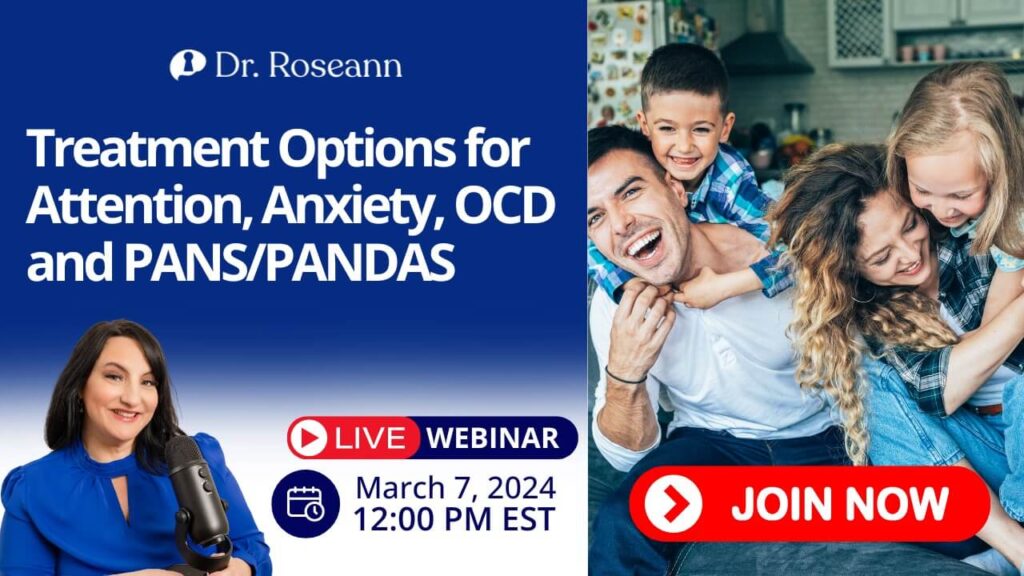One of the hardest things a mother could experience is seeing her child struggling and not knowing what to do. And so mothers tend to try several things to help their children as they are clueless about who to run to for help.
If anybody gets what it's like to have a struggling child, it's Kris Rice, an empowerment coach who was part of our BrainBehaviorResetTM program. Join us as Kris shares more about her neurofeedback experience and stories.
The more it happens, the more likely you are to repeat it
The statement “The more it happens, the more likely you are to repeat it.” is often true, particularly in cases where the behavior in question is constantly reinforced in some way. For example, Kris' daughter would have these compulsive behaviors, which helped confirm her obsessive-compulsive disorder (OCD) diagnosis.
Most people consider it a genetic problem, which is the least likely thing. Instead, it's a habit formed in the brain. You're creating behaviors around a fear that doesn't make sense, but in association, it's called a negative reinforcement cycle.
Neurofeedback is a lot of work
Neurofeedback was a lot of work, but what made Kris and her daughter stick to the whole process was achieving a different and happier life for her daughter. That motivation was an anchor for them to hold on to as their lives revolved around being better for a little while.
They were committed and spent two to three times a week for half an hour for Kris' daughter's treatment. It seems like a bit of time, but you must commit and persistently continue with it every time, as it typically requires multiple sessions over several weeks or months.
During each neurofeedback session, the patient must actively engage with the feedback and focus on specific tasks or exercises. It can require significant mental effort and concentration, which can be challenging for some.
Overall, it can be a lot of work to undergo neurofeedback. But it can also be a highly effective and rewarding therapy, especially for individuals with neurological and psychological conditions.
How does neurofeedback help treat OCD?
As mentioned, neurofeedback can treat various neurological and psychological conditions, including OCD. The goal of neurofeedback therapy for OCD is to help the patient learn to regulate their brain activity and reduce symptoms of anxiety and obsessive thoughts.
An electroencephalogram (EEG) machine monitors your child's brain activity while focused on specific tasks or exercises. The feedback may come in visual or auditory cues, indicating when your child's brain activity is within a particular range or when they have completed a task.
Over time, your child will learn how to recognize better and control their brain activity, which can lead to a reduction in OCD symptoms and improved overall well-being.
Why the brain map is so important
Brain mapping, also known as brain imaging, is vital in assessing one's diagnosis and treatment, especially for neurological and psychological disorders.
It provides insights into the brain's functional organization, which significantly helps scientists, doctors, and other professionals understand how different areas of the brain are connected in controlling various functions such as perception, movement, emotion, and cognition.
Another essential fact about brain mapping is that it aids in diagnosing neurological and psychological disorders such as Alzheimer's disease, Parkinson's disease, epilepsy, and more. It also helps doctors monitor the effectiveness of treatments your child is receiving.
How to talk to your spouse about holistic treatments
As we all know, communication is vital in any relationship. By approaching the conversation with empathy and respect, you can discuss holistic treatments with your spouse and come to a mutually agreeable solution.
Approach the conversation with an open mind. You can begin by expressing your interest in holistic treatments and why you believe they could benefit your child or even your family life.
You may even back it up with research studies or medical reviews.
It would help if you also allowed your spouse to express their thoughts and feelings about holistic treatments. Try to understand their point of view as you listen actively.
What do you wish every parent knew about using natural solutions?
It is safe to hold hope that your child's current condition will change for the better. Of course, there will be dark times, but don't lose hope. If it feels right to you, it feels right for a reason.
Trust the process. You don't have to give your child many medications to get better. There are natural solutions that you can try. So hold on to that hope that you have, and be optimistic.
Persistence is key. It takes a minimum of 30 days to change behavior, even at a micro level. Exposure and Response Prevention (ERP) is a great tool to understand that you don't need to start with your biggest fears. Instead, start with the little ones and build up that confidence in your brain.
If you want to know more about Kris Rice and her works, visit her website Kris Rice Collective. And if you still need to be in our parenting group on Facebook, you may join our Natural Parenting Solutions community.
No matter where you are in your journey, we have resources to help you:
Links and Resources:
➡️ “Is it ADHD or something else?” Take the quiz.
➡️ Join our FREE Natural Parenting Community to receive science-backed resources for your child and family. Join here.
➡️ Get help from Dr. Roseann and her team. Apply here.









